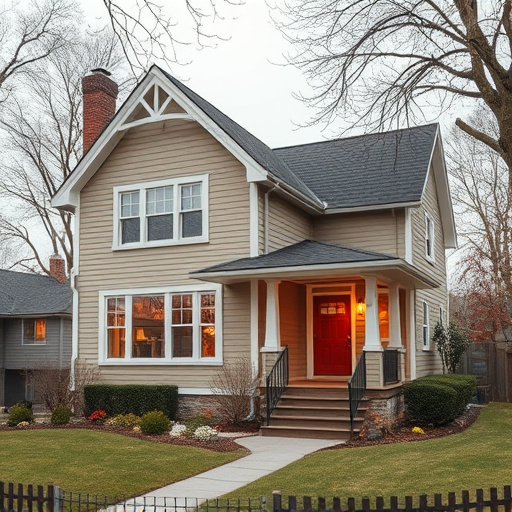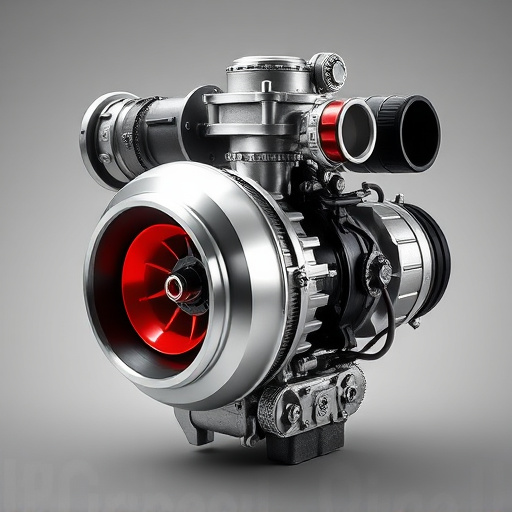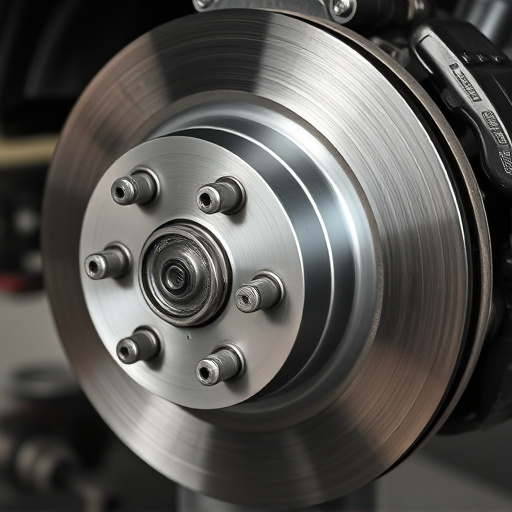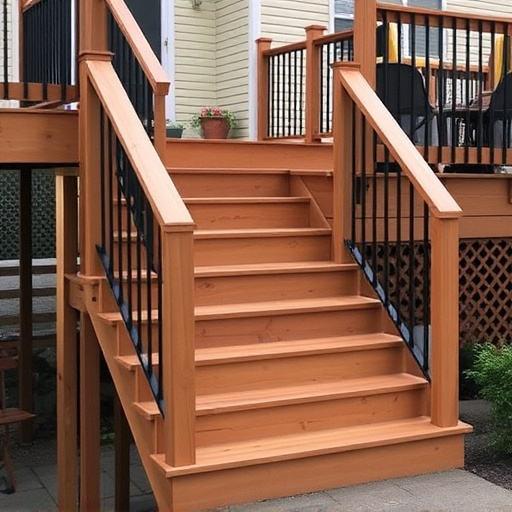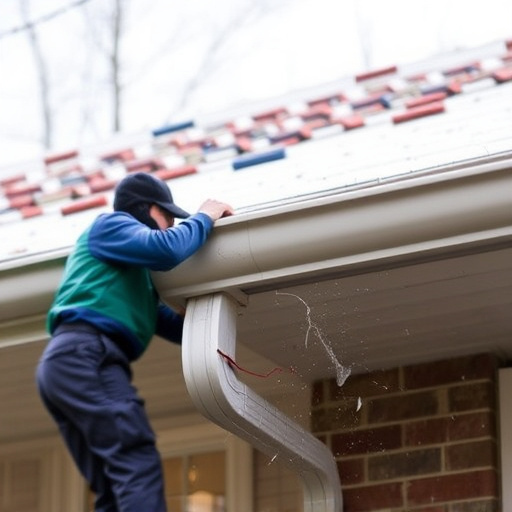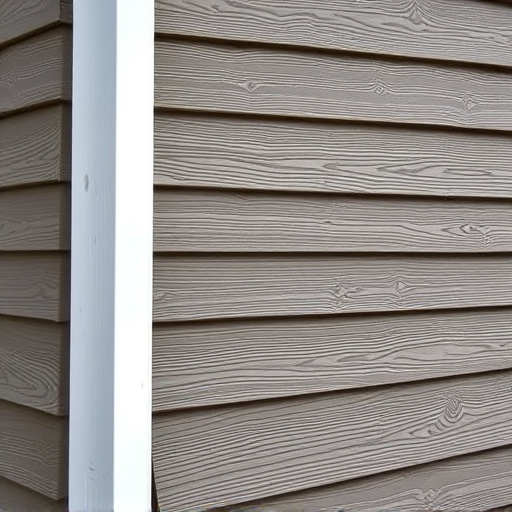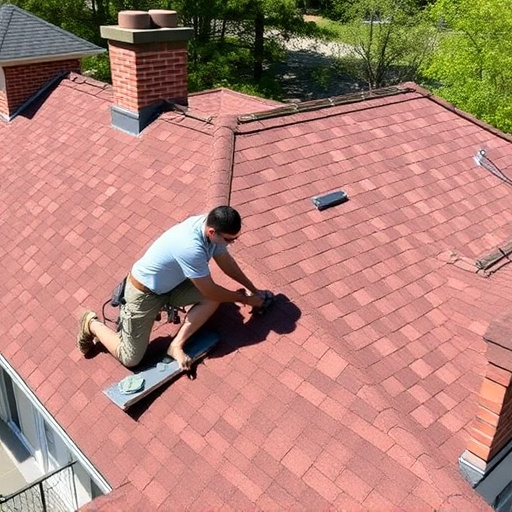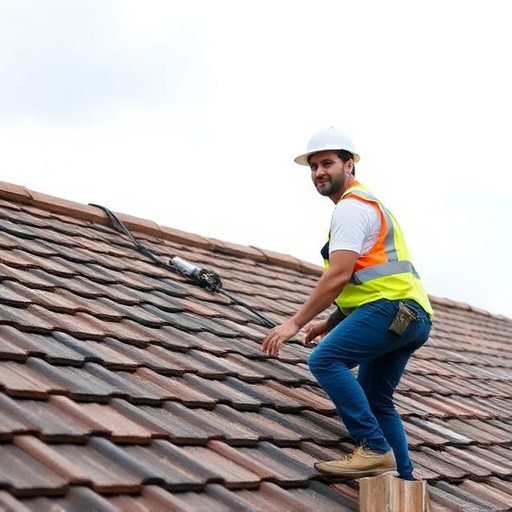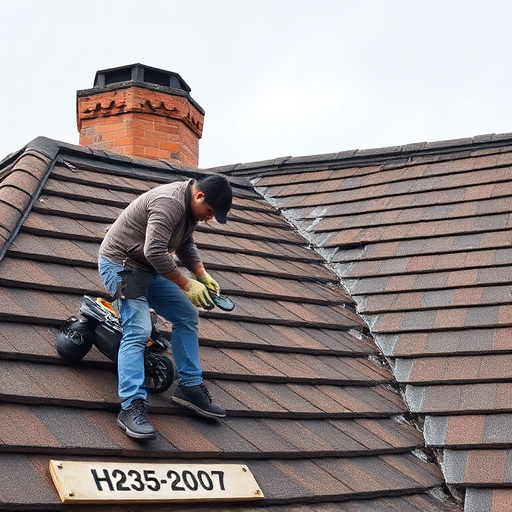Roof installation poses significant hazards, including falls from heights, manual injuries, weather-related challenges, and electrical risks. To ensure worker safety and structural integrity, crews must prioritize safety gear, safe lifting techniques, and equipment use. Meticulous weather assessments before installation are crucial, postponing work in unfavorable conditions. Regular safety meetings, comprehensive consultations, and understanding local climate patterns are key to mitigating risks and delivering high-quality roof installations.
“Ensuring safe practices during roof installation is paramount to prevent accidents and protect workers. This comprehensive guide delves into the critical safety guidelines essential for crews navigating the unique challenges of rooftop work. From understanding potential hazards, like weather-related risks and common installation pitfalls, to equipping crew members with vital protective gear and establishing emergency protocols—each aspect plays a crucial role in securing safe and secure roof installations. Embrace these best practices to foster a culture of safety.”
- Understanding Potential Hazards on Roofs
- – Identifying common risks associated with roof installation
- – Assessing weather conditions and their impact on safety
Understanding Potential Hazards on Roofs

Roof installation crews frequently encounter various hazards unique to this line of work. Understanding these potential risks is paramount for ensuring the safety of workers and the integrity of the final product. One of the primary dangers is the inherent instability of roofs, especially during the initial stages of installation when structures may be incomplete or vulnerable to sudden shifts. Falls from heights are a severe risk, making proper fall protection equipment essential for all crew members.
Additionally, roofing services often involve working with heavy materials and tools in challenging weather conditions. Strong winds, rain, or snow can create unsafe situations, particularly when dealing with storm damage repair. Electrical hazards are another concern; overhead power lines and complex wiring systems demand vigilance to avoid electrocution. Moreover, the confined spaces and steep angles of roofs can lead to injuries if not approached carefully, emphasizing the need for comprehensive training in safety protocols for all roofing and siding crews.
– Identifying common risks associated with roof installation

Roof installation poses several inherent risks that crews must be prepared to mitigate. Falls from heights are a leading concern, underscoring the importance of proper safety gear like ropes, harnesses, and guardrails. Additionally, working with heavy materials such as tiles or shingles increases the risk of manual lifting injuries; crew members should be adequately trained in safe lifting techniques and utilize equipment where necessary. Weather conditions also play a significant role; high winds during installation can lead to blowouts and debris damage, while intense sunlight can cause heat stress among workers.
Identifying potential hazards specific to a project is crucial for home service solutions. Regular safety meetings and comprehensive roof consulting before installation help anticipate challenges like unstable substrates or existing storm damage repair needs. By proactively addressing these risks, roof installation crews can ensure a safer working environment and ultimately deliver higher-quality installations.
– Assessing weather conditions and their impact on safety

Before initiating any roof installation, meticulous assessment of weather conditions is paramount. Unfavorable atmospheric factors such as high winds, heavy rainfall, or extreme temperatures can pose significant risks to both crew safety and structural integrity. In regions prone to storms, strong gusts can easily dislodge materials, while excessive moisture may compromise the quality of installations, leading to future leaks and damage. Professional siding and commercial roofing crews must prioritize safety by postponing work until conditions are favorable. This proactive approach not only ensures the well-being of workers but also guarantees the durability and reliability of the final roof installation.
Regular weather monitoring and forecasts play a pivotal role in this process. By staying informed about impending weather changes, crews can make informed decisions on when to begin or pause their activities. Additionally, understanding local climate patterns helps in anticipating potential hazards specific to the area, enabling them to implement tailored safety measures for commercial siding projects. Such foresightfulness is a hallmark of professional roofing practices, ensuring that every roof installation meets the highest standards of safety and quality.
When it comes to roof installation, prioritizing safety is non-negotiable. By understanding potential hazards and assessing weather conditions, crews can ensure a secure and efficient working environment. Following these important safety guidelines not only protects workers but also guarantees the longevity and integrity of each roofing project. Remember, a well-executed roof installation is a testament to the crew’s skill and commitment to excellence.


